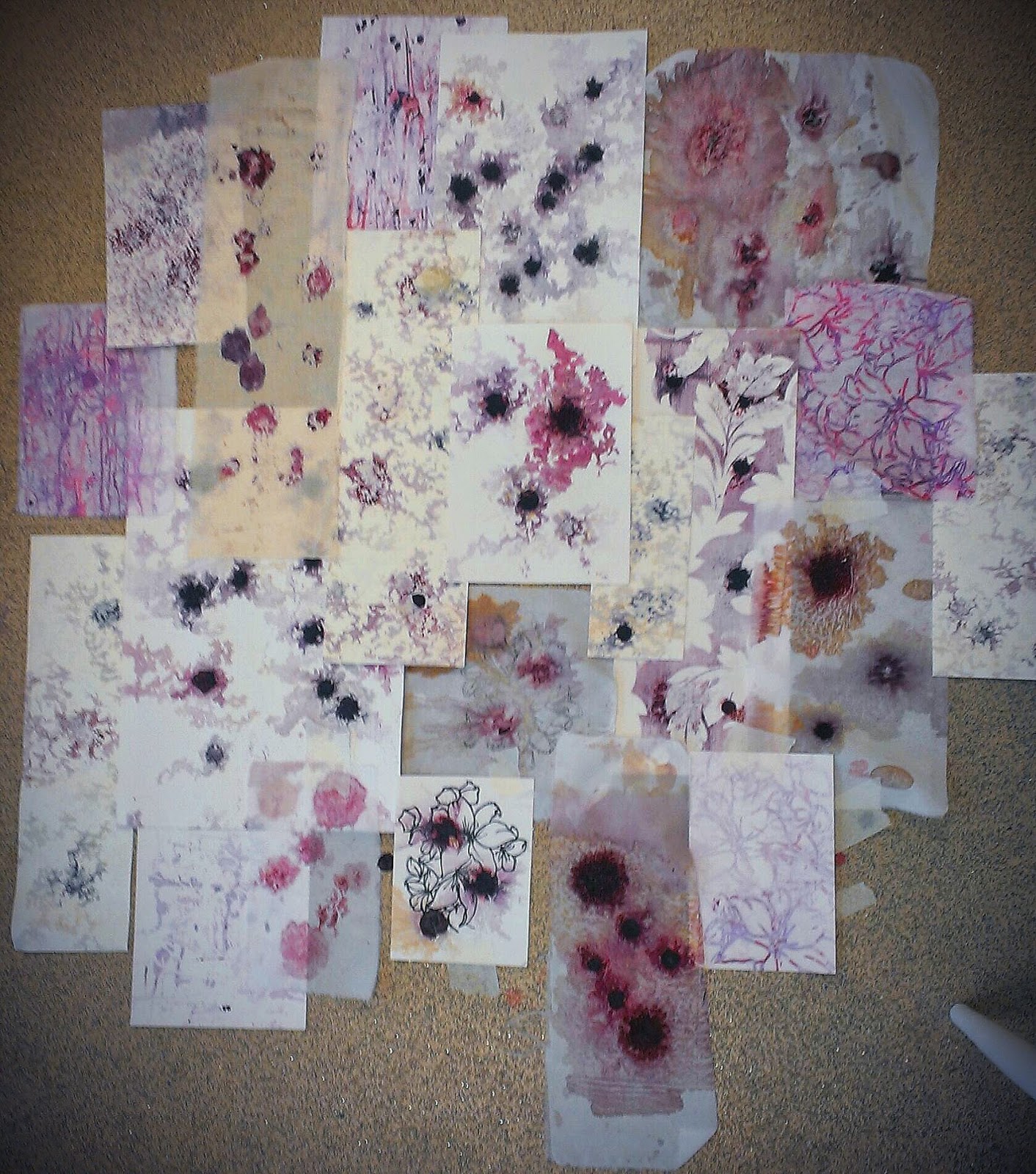13/6/2014
Taking part in house of god has been a very exciting and great opportunity. Having that to prepare for as well as the exhibition has really tested my organisation skills making sure that all of my work is kept on top of and is to the highest standard. On the night I was part of serving the refreshments and preparing the textiles space. From the start I feel that I have been a team player but also taking lead when needing to as in group decisions making sure that my ideas were been put across but also making sure that everyone agrees on the end outcome. I feel that I have hugely benefited from this event from simple things from time keeping to display decisions, and this will add to my knowledge when I begin my University Course in September.









